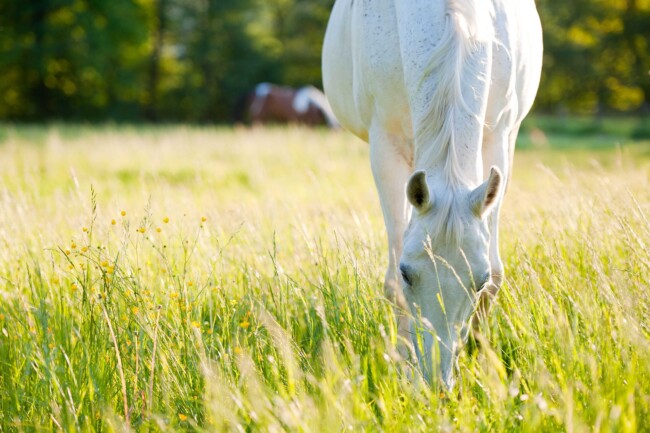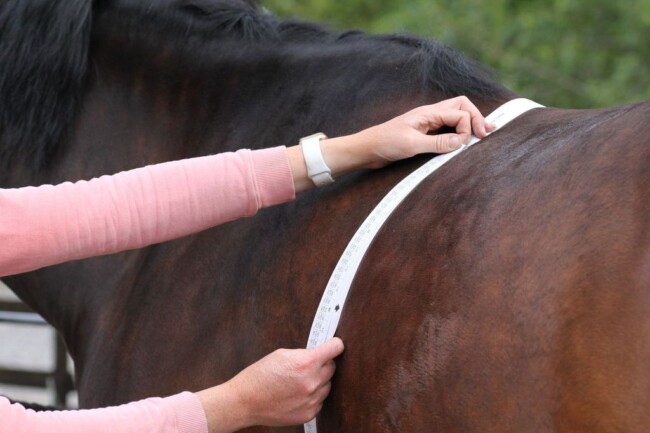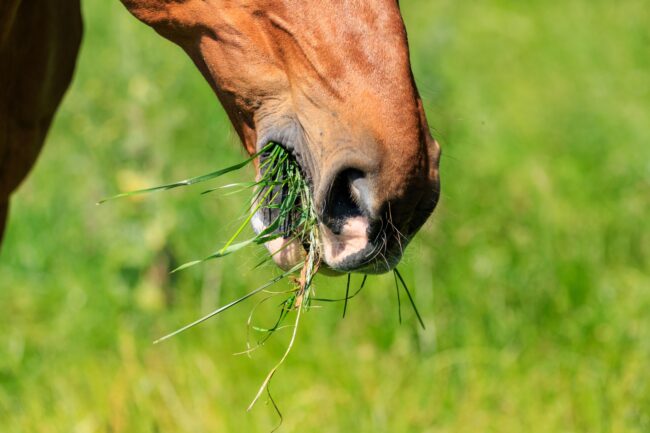
Understanding Autumn Laminitis.
September is particularly risky for laminitis in horses due to a combination of environmental and physiological factors that come into play during this month which means it is a time to be extra vigilant for laminitis in horse. Understanding what causes laminitis can help us in the challenge of preventing or managing this nasty condition.
- Autumn Grass Growth: September often sees a burst of new grass growth, stimulated by cooler temperatures and occasional rainfall. This grass is rich in non-structural carbohydrates (NSCs), particularly fructans, which can increase the risk of laminitis. When horses consume this sugary grass, it can disrupt their metabolic balance, leading to a cascade of events that trigger laminitis.
- Weather Changes: Fluctuating temperatures in September can also impact pasture conditions. Cooler nights followed by warm days can lead to a build-up of sugars in the grass, as the plant photosynthesizes during the day but doesn’t metabolize these sugars as effectively overnight. This results in a higher concentration of NSCs in the grass, which can be harmful to horses, especially those prone to laminitis.
- Hormonal Factors: Horses naturally produce more insulin in response to higher sugar intake. In horses with insulin resistance or Equine Metabolic Syndrome (EMS), common in many ponies and native breeds, this increased insulin can trigger laminitis. The hormonal shifts that occur in response to the changes in diet and environmental conditions during September can exacerbate this risk.
Signs of laminitis to watch for include lameness, where the horse might be reluctant to move or walk on hard ground, and warmth in the hooves, which could indicate inflammation. Horses may also adopt an abnormal stance, leaning back to avoid putting pressure on their toes. Increased hoof sensitivity and a reluctance to stand or walk are further red flags.

 Given these factors, it’s important for horse owners to closely monitor their horses’ diet and pasture access during September, manage grazing times, and consider using grazing muzzles or restricting pasture access to reduce the risk of laminitis during this critical period. If your horse does get diagnosed with laminitis and you find yourself having to manage the symptoms, the ArcEquine can help support your horse by reducing the pain and inflammation that are very commonly experienced.
Given these factors, it’s important for horse owners to closely monitor their horses’ diet and pasture access during September, manage grazing times, and consider using grazing muzzles or restricting pasture access to reduce the risk of laminitis during this critical period. If your horse does get diagnosed with laminitis and you find yourself having to manage the symptoms, the ArcEquine can help support your horse by reducing the pain and inflammation that are very commonly experienced.










